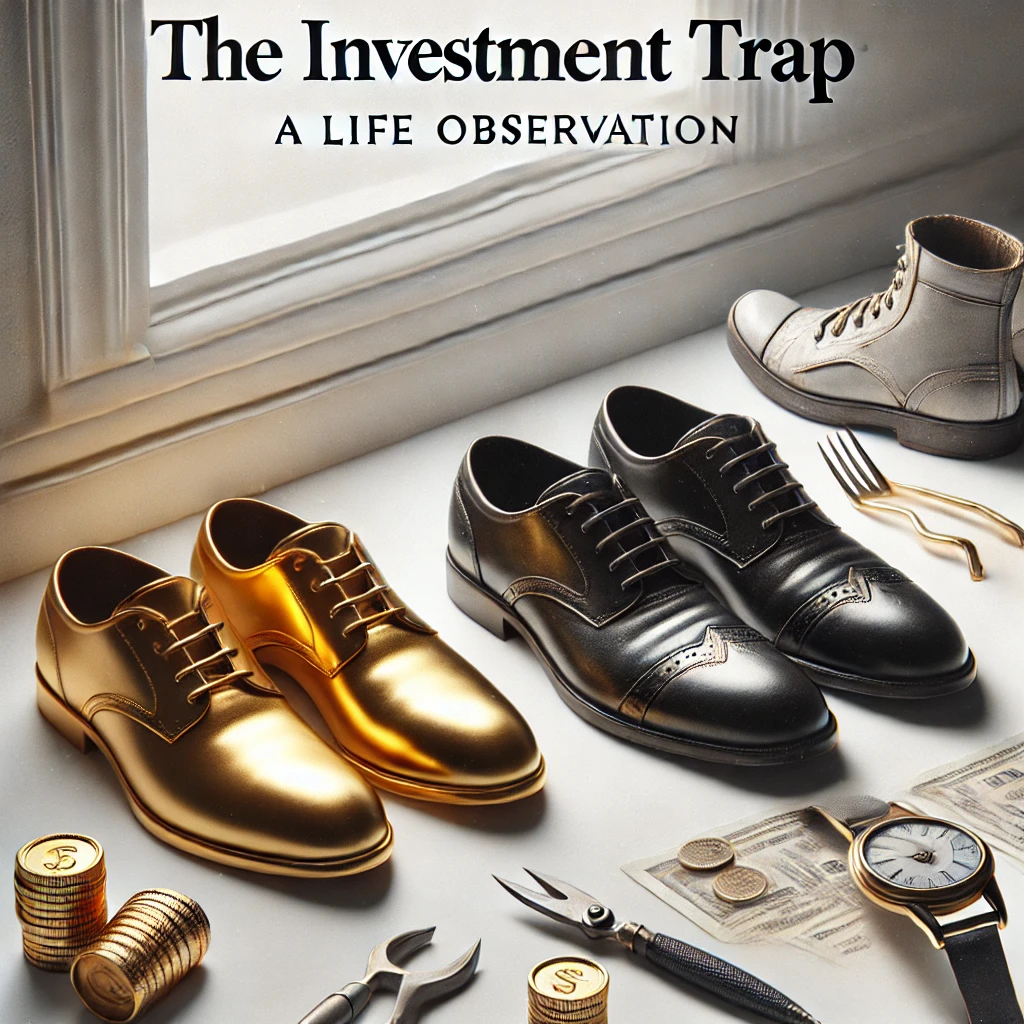As the world continues to embrace artificial intelligence (AI), Nvidia stands at the forefront of this technological revolution. With its chips being pivotal for AI applications, Nvidia has seen its stock prices soar, driven by optimistic projections of the AI market’s growth. However, not all are convinced that AI’s impact will meet these lofty expectations. In this blog, we examine both bullish and bearish views on Nvidia’s future, providing a comprehensive analysis for investors.

Bullish View: Nvidia’s Critical Role in AI
Nvidia’s advanced graphics processing units (GPUs) are crucial for AI development and deployment, making the company a significant player in this burgeoning market. The bullish perspective on Nvidia highlights several key points:
- Explosive Market Growth:
- The AI market is expected to grow by 35% in 2024, reaching $184 billion.
- Long-term projections estimate the market could expand to $827 billion by 2030.
- High Price-to-Sales Ratio:
- Nvidia’s current price-to-sales ratio (PSR) is an impressive 40.
- This high PSR indicates strong investor confidence in Nvidia’s potential for future growth, especially when compared to other tech giants like Apple (PSR of 9.6) and Microsoft (PSR of 14).
- Technological Leadership:
- Nvidia’s GPUs are essential for AI applications, from data centers and autonomous vehicles to healthcare and robotics.
- The company’s continuous innovation and development of AI-specific hardware and software solidify its leadership position in the tech industry.
- Strategic Partnerships and Expansions:
- Nvidia has formed strategic partnerships with major companies and institutions, enhancing its influence and reach in the AI sector.
- The company’s expansion into various AI-driven industries provides multiple revenue streams and reduces dependency on any single market.
Bearish Perspective: Potential Overvaluation and Market Skepticism
While the bullish outlook paints a promising future, there are several bearish arguments that caution against potential overvaluation and over-reliance on optimistic projections:
- Overestimation of AI’s Economic Impact:
- Critics, including a report from Goldman Sachs, suggest that the economic impact of AI might be overestimated.
- Some predictions estimate that AI could contribute only a 1% addition to the US economy over the next decade, significantly lower than bullish forecasts.
- Comparison to the Dot-Com Bubble:
- There are concerns that the current enthusiasm for AI mirrors the dot-com bubble of the late 1990s, where speculative investments led to overvalued tech stocks.
- Nvidia’s high PSR, while indicative of growth potential, could also be a sign of speculative overvaluation, similar to what was seen during the dot-com era.
- Market Volatility and Investor Sentiment:
- The tech sector is inherently volatile, and any negative news or shifts in investor sentiment could lead to significant stock price fluctuations.
- Nvidia’s stock, being heavily tied to the AI hype, could experience sharp corrections if the market’s expectations are not met.
- Regulatory and Competitive Challenges:
- Increasing scrutiny and regulation of AI technologies could pose challenges for Nvidia and the broader AI industry.
- The competitive landscape is also intensifying, with numerous companies vying for market share in the AI space, potentially eroding Nvidia’s dominance.
Conclusion
Investing in Nvidia requires a balanced understanding of both the bullish and bearish perspectives. The company’s leadership in AI and the expected market growth present compelling reasons for optimism. However, potential overvaluation and skepticism about AI’s economic impact warrant caution. As with any investment, it’s crucial to conduct thorough research and consider diverse viewpoints to make informed decisions.
For a more detailed analysis, read the full article here.
Key Takeaways:
- Bullish Outlook: Nvidia’s critical role in AI, explosive market growth, high PSR, and technological leadership.
- Bearish Outlook: Potential overvaluation, market skepticism, comparison to the dot-com bubble, and regulatory challenges.
- Investor Strategy: Balance the potential for high returns with the risks of market volatility and speculative overvaluation. Diversify investments to mitigate risks and leverage opportunities in the evolving AI landscape.
By staying informed and considering both sides of the argument, investors can navigate the complexities of Nvidia’s future in the AI industry with greater confidence.













